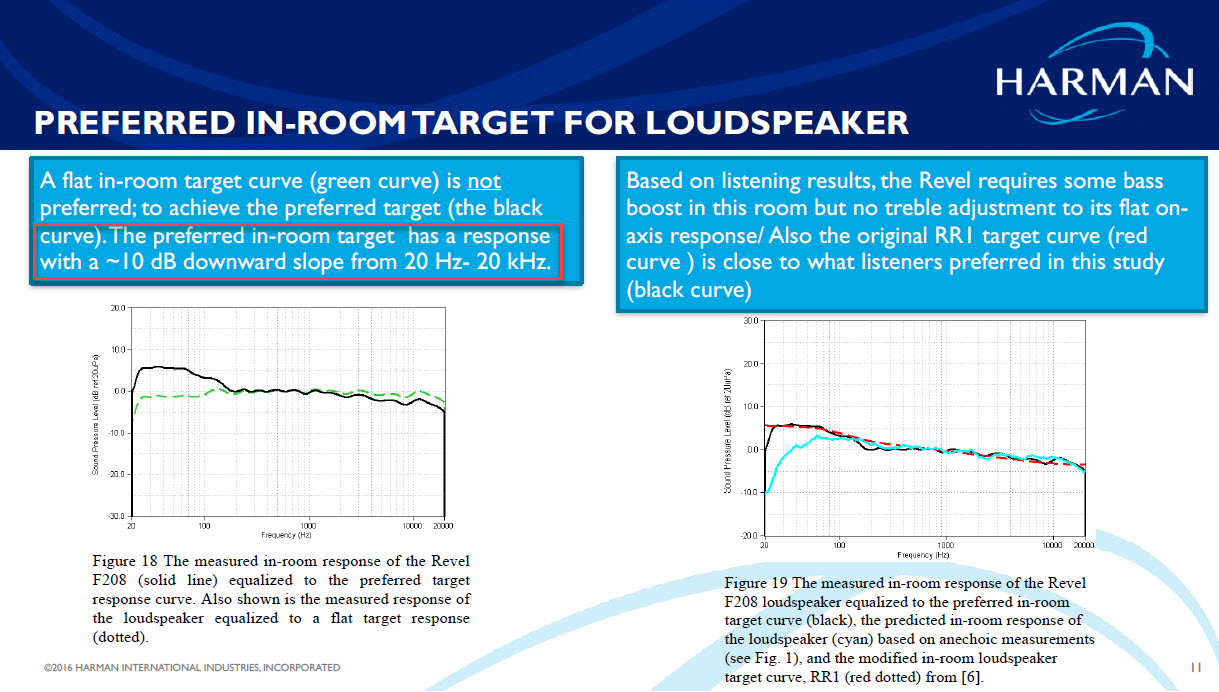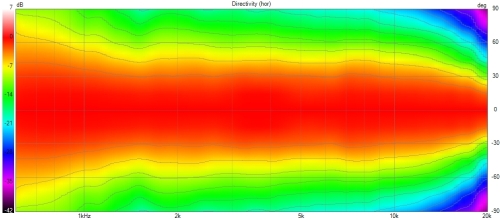Psychoacoustics and in room target response
The Physics of Perception:
Sound travels as waves, characterized by properties like frequency (pitch) and amplitude (loudness). Psychoacoustics delves deeper, examining how our ears and brains interpret these physical properties to create the auditory experience we know.
Key Concepts in Psychoacoustics:
-
Loudness Perception: Our ears don’t perceive loudness linearly. A sound that’s twice the intensity of another won’t necessarily sound twice as loud. Psychoacoustics helps explain this phenomenon, known as the Fletcher-Munson curves, which depict how human hearing perceives loudness at different frequencies.
-
Masking: Psychoacoustics explores how different frequencies interact and how masking affects our ability to distinguish sounds and why some are masked, see the full article here: The Masking Effect.
-
Localization: We can identify the direction of a sound source with remarkable accuracy. Psychoacoustics examines how our brain uses minute timing and intensity differences between our ears to localize sound.
-
Timbre: This quality allows us to distinguish between different instruments playing the same note. Psychoacoustics helps us understand how the complex interaction of overtones and harmonics within a sound wave contributes to timbre perception.
Applications of Psychoacoustics:
The principles of psychoacoustics have numerous practical applications:
-
Audio Engineering: Sound engineers leverage psychoacoustics to optimize sound recordings and playback systems. They can manipulate elements like compression and equalization to create a more pleasing listening experience.
-
Hearing Aids: By understanding how hearing loss affects sound perception, psychoacoustics helps in designing hearing aids that compensate for these deficiencies and improve speech intelligibility.
-
Noise Reduction: Psychoacoustic principles are used to create effective noise-cancelling headphones and active noise control systems, which reduce unwanted sounds by generating cancelling sound waves.
Practicals Studies
Dr. Floyd E. Toole studies indicate that listener tend to prefer a decay in the high frequency and a not abrupt change in the DI even if the DI should increase in very high frequency (so the speaker be more directive close to 7/8khz).

Bellow this very high frequency decay that the brain want, the radiation must by constant and controlled as lower as possible, without major accidents or diffraction.
With a horizontal polar in relative to 0°, it will looks like this:

This transition must be not abrutp as she also not be at crossover region beetween direct radiation woofer and horn:
As the horn have a radiation adapted to listening distance and acoustis and the direct woofer not, the directivity diverge, it’s why we cut it where directivity of both are similar.
We cut when horn loses its directivity and woofers become directive so there is no a brutal change of directivity as the main purpose is to adapt coverage to listening distance and acoustics.
See point 1. in How to Implement my Horn and my Speaker
Conclusion:
Psychoacoustics plays a crucial role in shaping our auditory world.
By understanding the intricate relationship between sound waves and human perception, we can not only appreciate the science behind hearing, but also leverage this knowledge to improve sound design, enhance listening experiences.